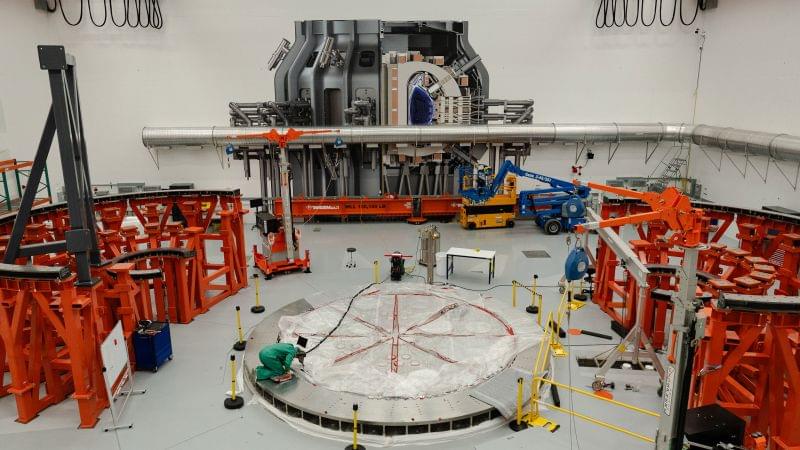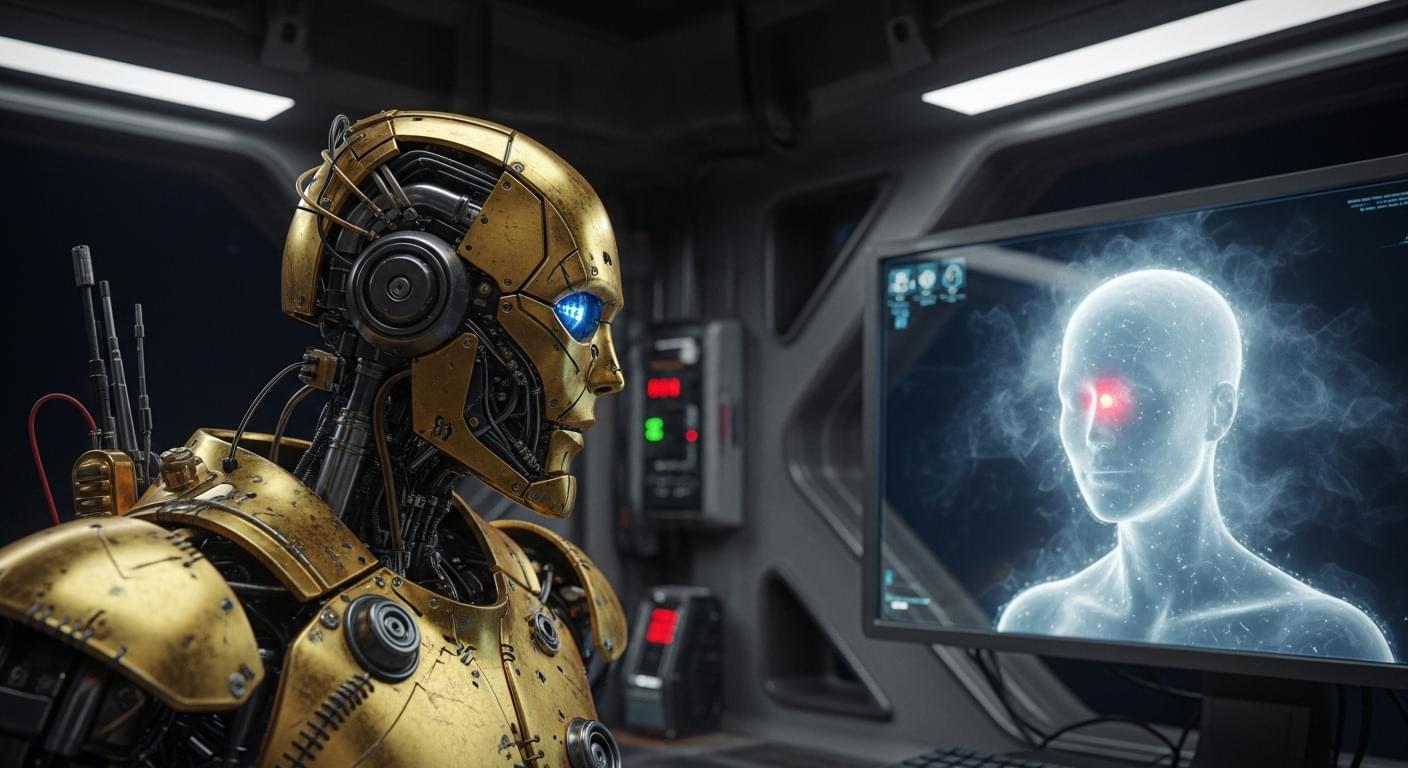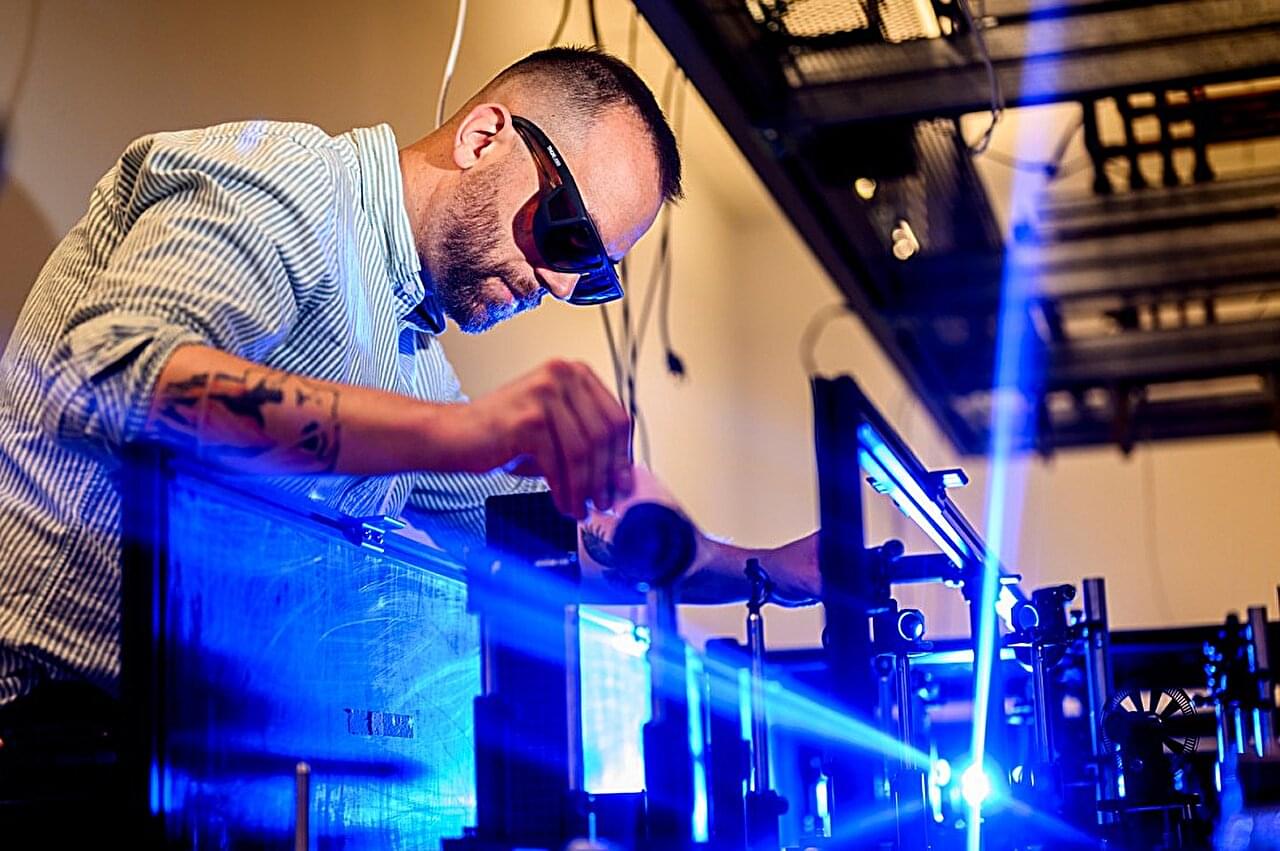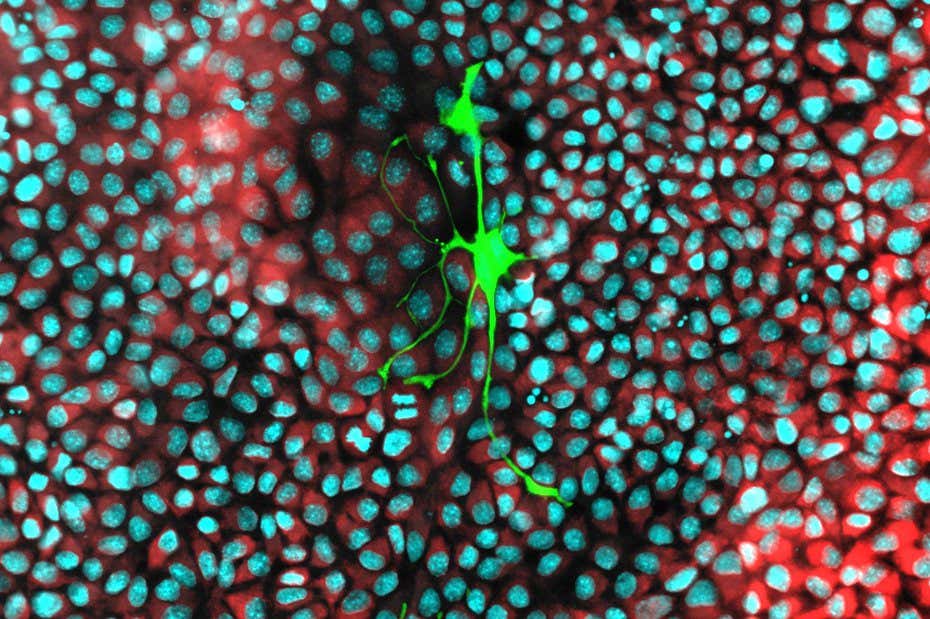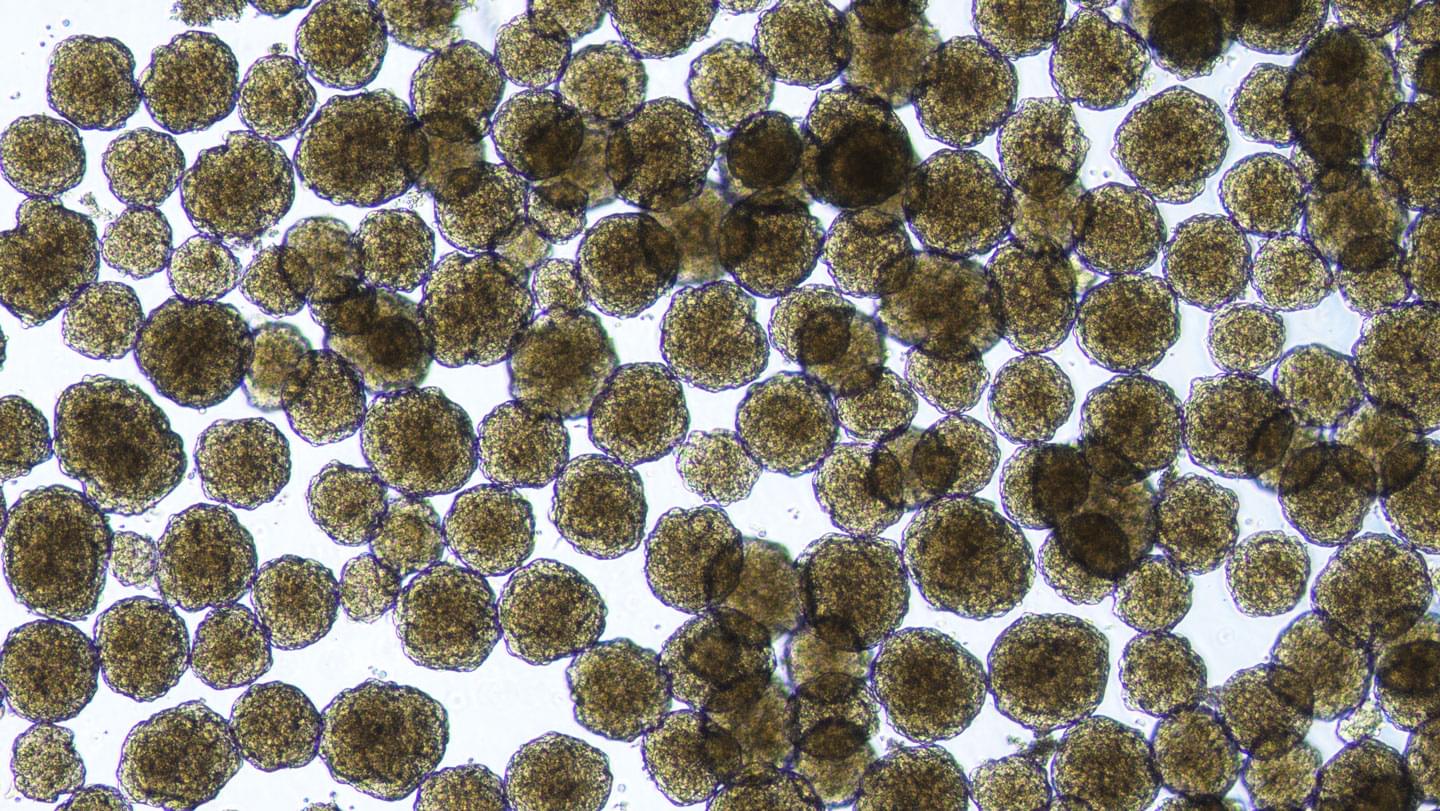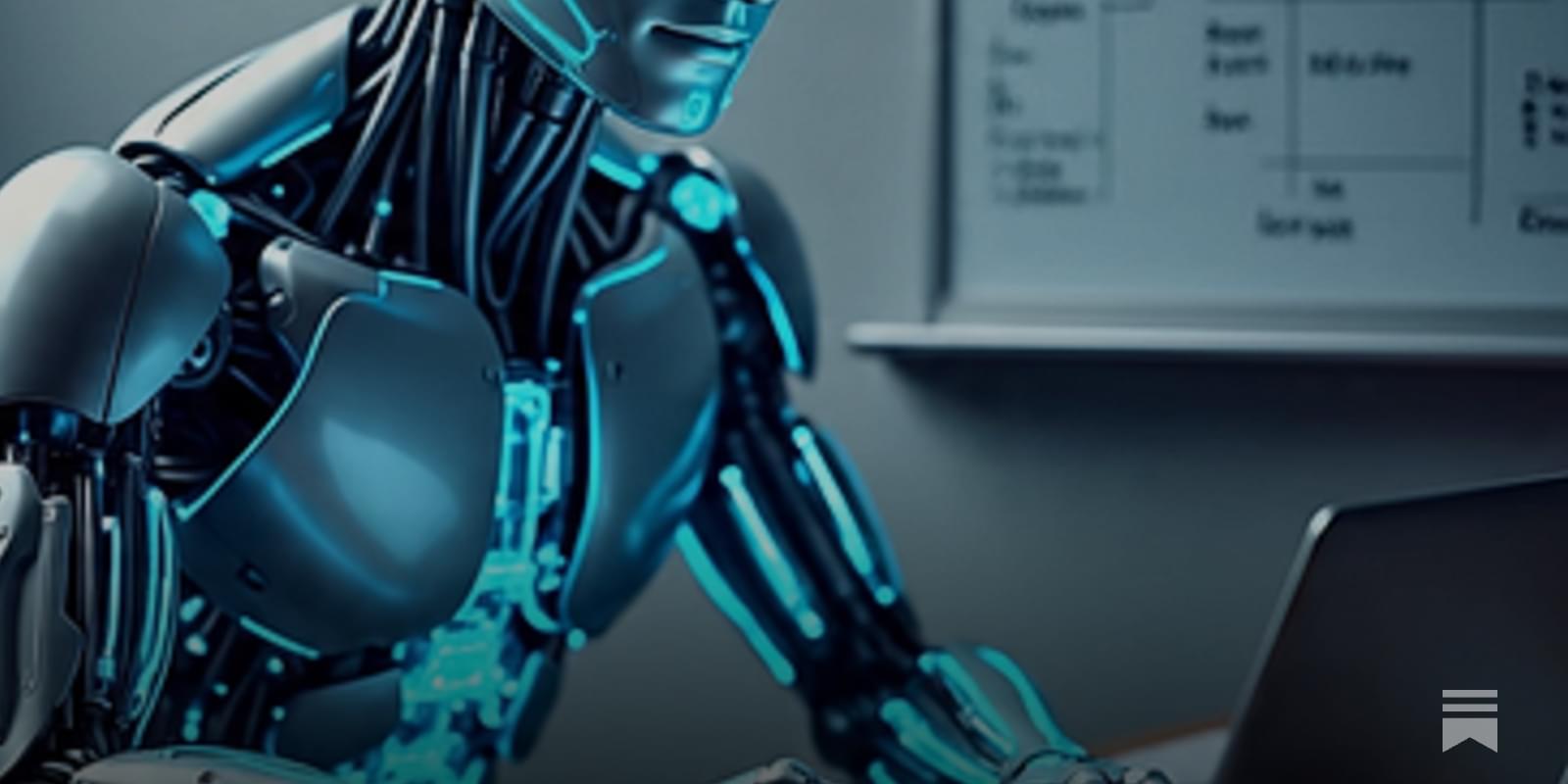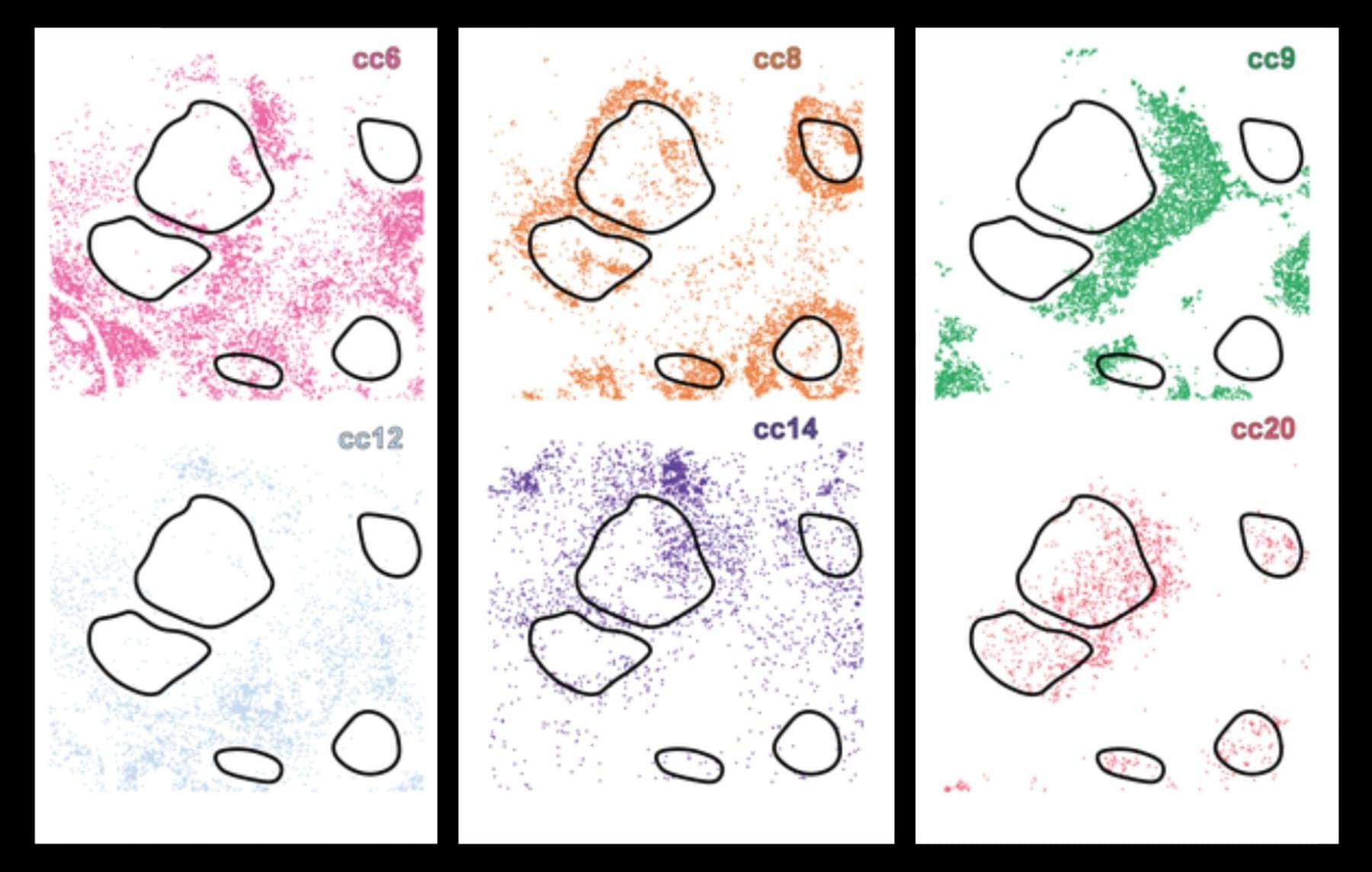Tech giant Google is investing money into a futuristic nuclear fusion plant that hasn’t been built yet but someday will replicate the energy of the stars. It’s a sign of how hungry big tech companies are for a virtually unlimited source of clean power that is still years away.
Google and Massachusetts-based Commonwealth Fusion Systems announced a deal Monday in which the tech company bought 200 megawatts of power from Commonwealth’s first commercial fusion plant, the same amount of energy that could power roughly 200,000 average American homes.
Commonwealth aims to build the plant in Virginia by the early 2030s. When it starts generating usable fusion energy is still TBD, though the company believes they can do it in the same timeframe.
